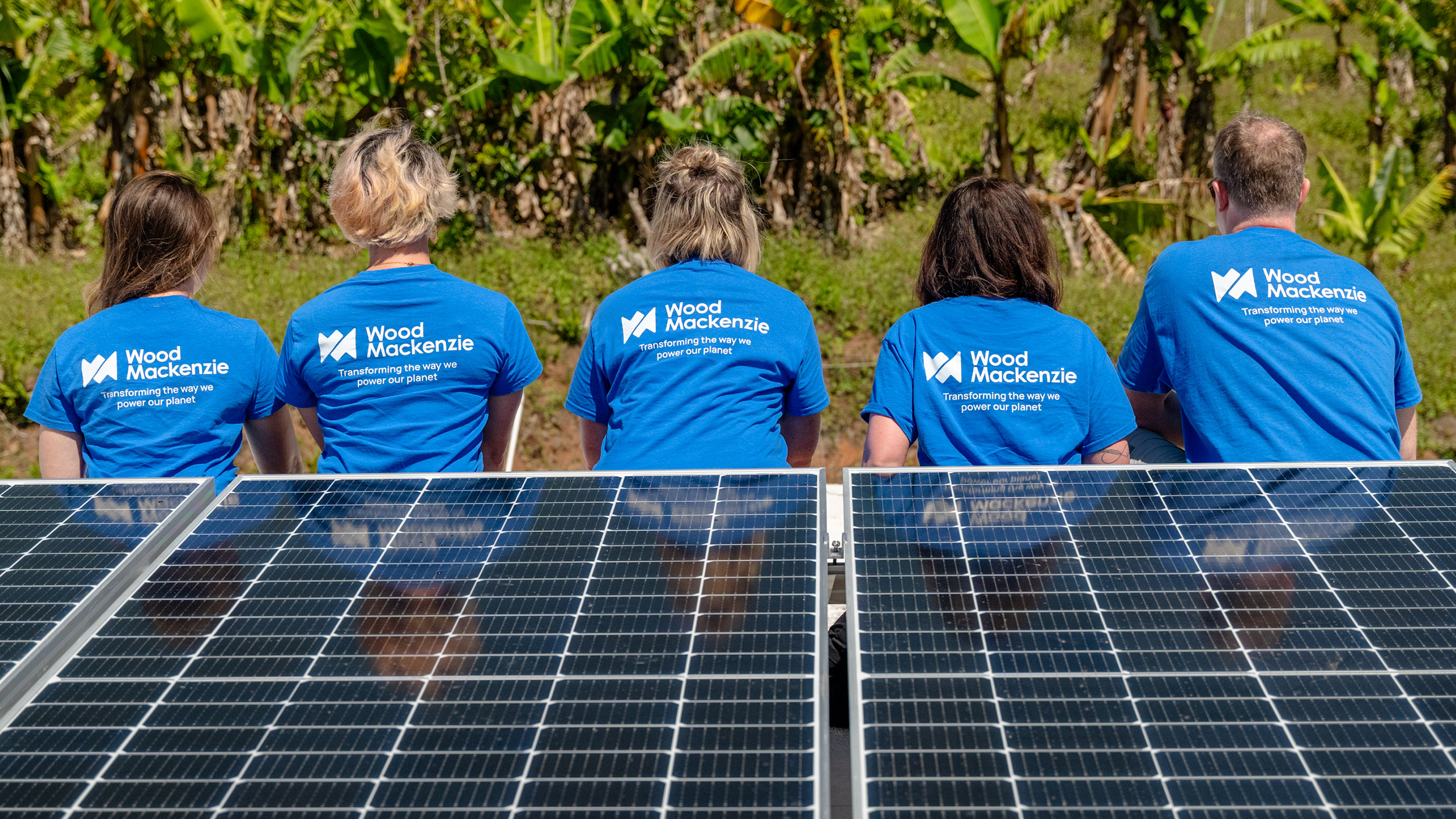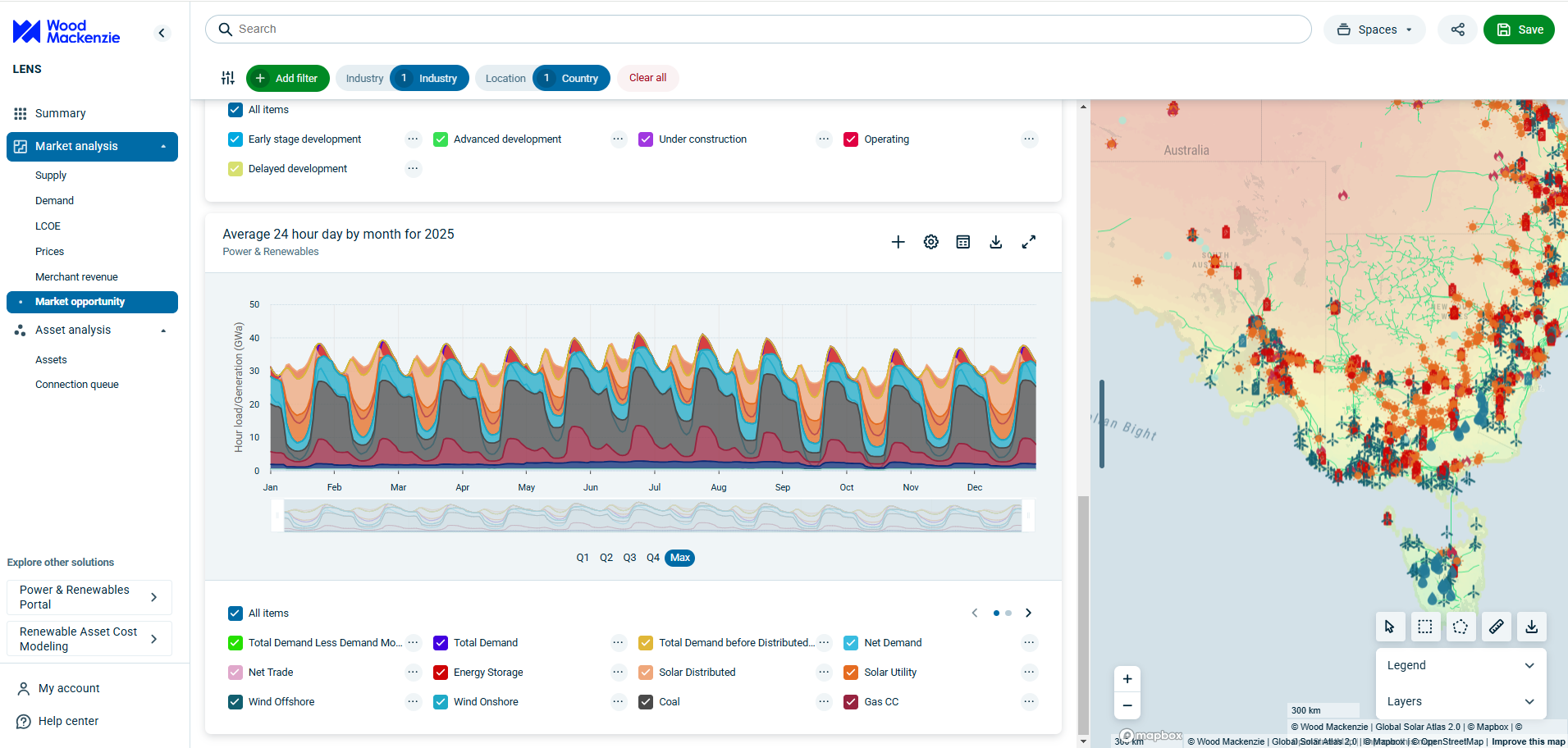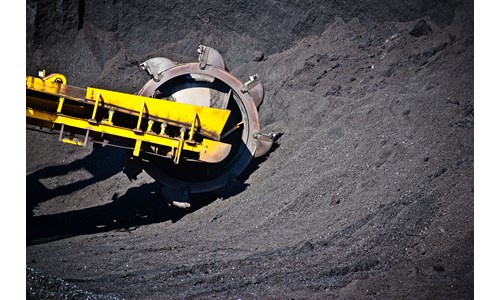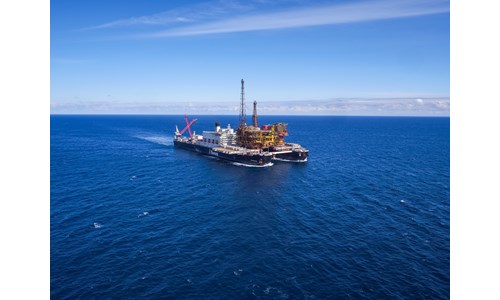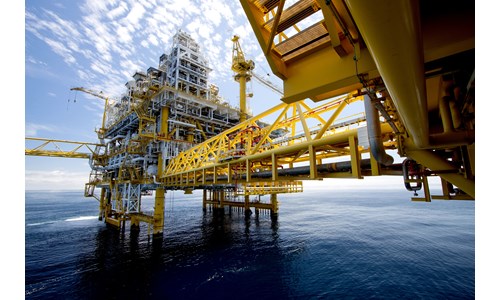East Africa's export pipeline decision: context and impact
This report is currently unavailable
*Please note that this report only includes an Excel data file if this is indicated in "What's included" below
Report summary
Table of contents
- Executive summary
-
Background and context of the pipeline decision
- The Ugandan and Kenyan onshore developments both require export solutions
- Three route options were discussed
- Rationale for the selection of the Tanzania route
- How does Tanzania stand to benefit?
-
Implications for Uganda and Kenya
- Impact on Uganda's Lake Albert development
- Impact on Kenya's South Lokichar development
- What does the decision mean for the Kenya partners?
-
Appendix
- Uganda and Kenya pipeline throughput
Tables and charts
This report includes the following images and tables:
- Export pipeline route options subject to discussions
- East Africa pipeline routes selected in April 2016
- Lake Albert development valuation
- South Lokichar development valuation
- East Africa's export pipeline decision: context and impact: Image 5
- Kenya and Uganda assets - key attributes
- East Africa's export pipeline decision: context and impact: Table 2
- Uganda and Kenya pipelines - key attributes
- East Africa's export pipeline decision: context and impact: Table 4
- East Africa's export pipeline decision: context and impact: Table 5
What's included
This report contains:
Other reports you may be interested in
Wheatstone Iago
The Chevron-operated Wheatstone and Iago gas/ condensate fields, located in the offshore North Carnarvon Basin, supply Wheatstone LNG.
$3,720South Sudan upstream summary
South Sudan crude exports declined in 2024 due to a rupture in a major export pipeline in Sudan. South Sudan relies entirely ...
$6,480Lucius (KC 875)
Lucius (KC 875) is a large field in subsalt Pliocene and Miocene sands in the southern Keathley Canyon area of the Gulf of Mexico. The ...
$6,900